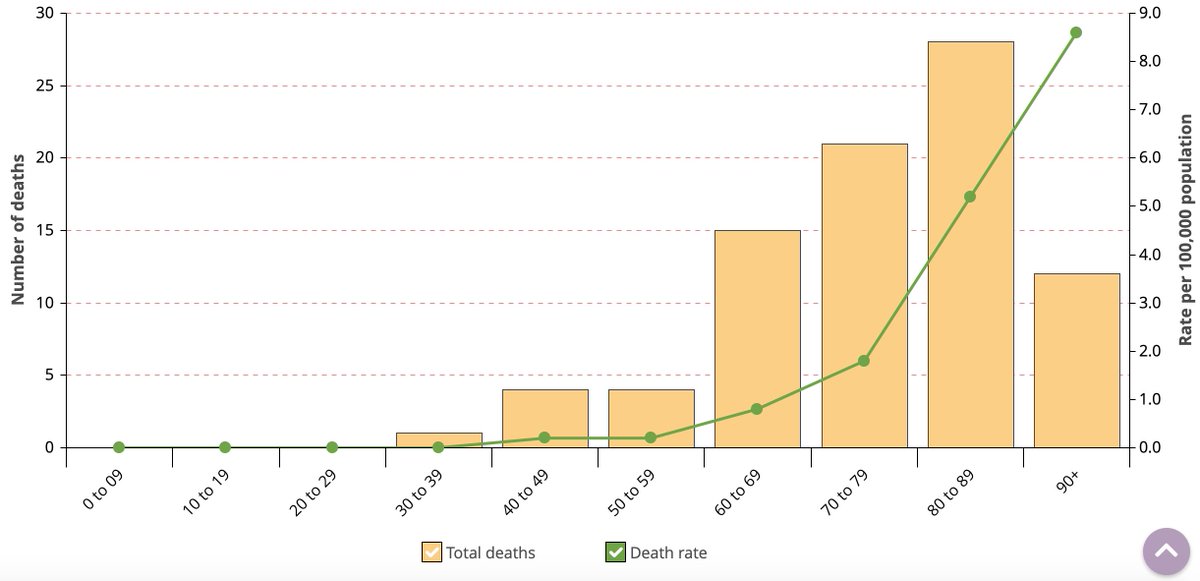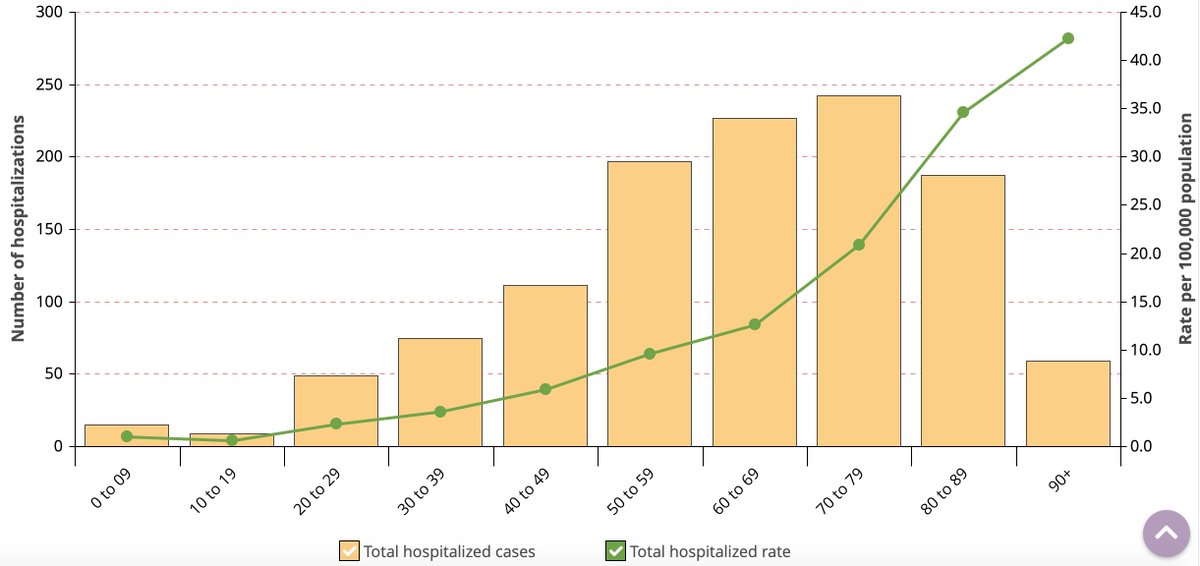
ICMYI—Dr. @iPreetBrar on why the Canada Recovery Sickness Benefit (CRSB) is NOT paid sick leave: thestar.com/opinion/contri…
#CRSB is limited to those workers who miss at least 50% of their work week because they are unwell or isolating from #COVID19: canada.ca/en/revenue-age…
1/5
#CRSB is limited to those workers who miss at least 50% of their work week because they are unwell or isolating from #COVID19: canada.ca/en/revenue-age…
1/5

This means that #CRSB doesn't cover shorter absences, thereby excluding:
-Worker time off to get tested or vaccinated
-Workers who stay home due to symptoms or exposure, subsequently test negative for #COVID19, and are cleared for return to work within <50% of a work week.
2/5
-Worker time off to get tested or vaccinated
-Workers who stay home due to symptoms or exposure, subsequently test negative for #COVID19, and are cleared for return to work within <50% of a work week.
2/5
#CRSB is limited to a 1-week period, is not renewable and can only be used 4 times/year.
This may not be enough for workers in high exposure occupations.
These limitations may discourage testing and isolation of workers, thereby hindering mitigation of workplace outbreaks.
3/5
This may not be enough for workers in high exposure occupations.
These limitations may discourage testing and isolation of workers, thereby hindering mitigation of workplace outbreaks.
3/5

The #CRSB also amounts to $450 per week after taxes (less than minimum wage) and payment is not timely.
The application requires computer access, internet literacy and an understanding of English/French.
These are additional barriers to financially protecting sick workers.
4/5
The application requires computer access, internet literacy and an understanding of English/French.
These are additional barriers to financially protecting sick workers.
4/5

This is why #Ontario workers require provincially legislated paid sick days.
Paid sick leave will both protect vulnerable essential workers keeping Ontario running during the pandemic and help control the spread of #COVID19.
Let's put aside politics and do the right thing.
5/5
Paid sick leave will both protect vulnerable essential workers keeping Ontario running during the pandemic and help control the spread of #COVID19.
Let's put aside politics and do the right thing.
5/5
• • •
Missing some Tweet in this thread? You can try to
force a refresh















